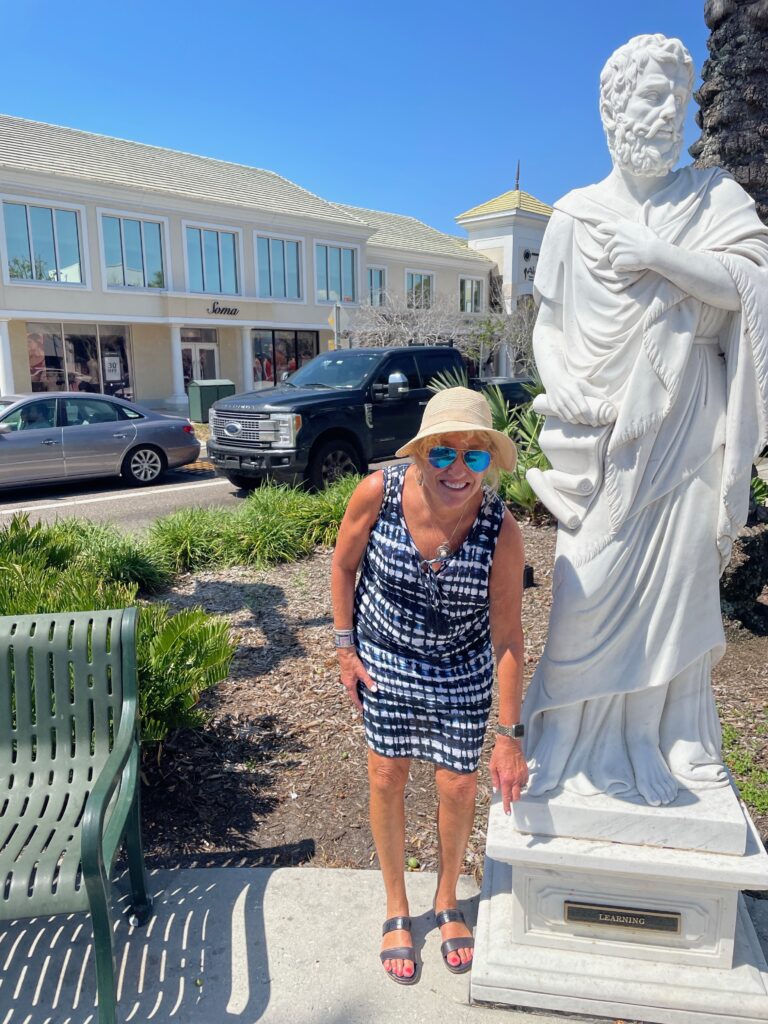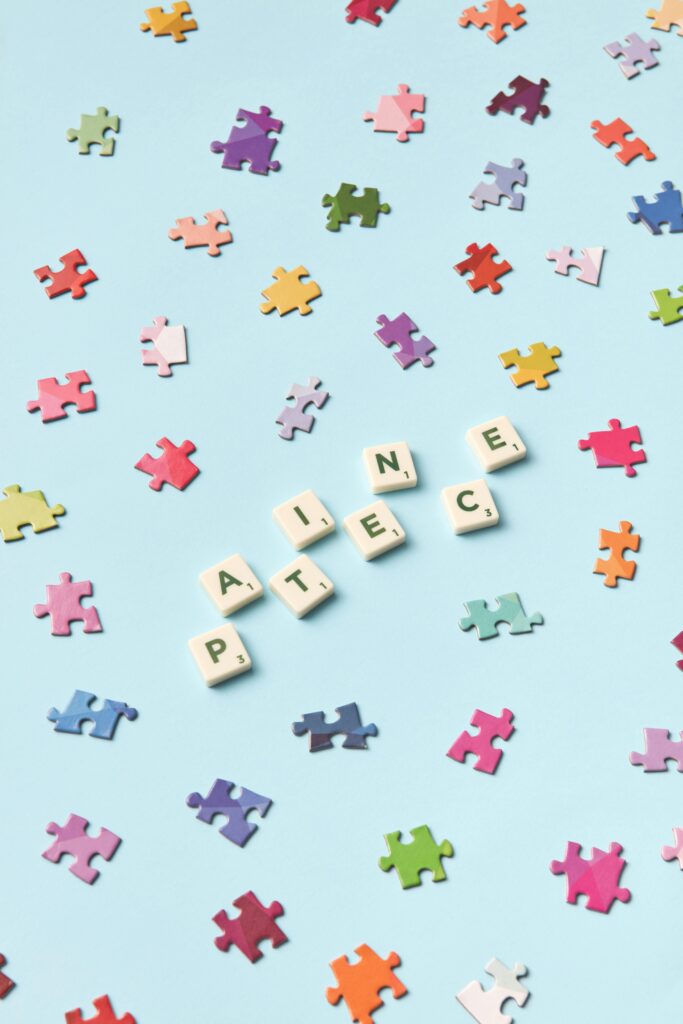While my intent is to help my readers learn, let me share what I have learned along the way in the long and winding road leading to a book’s publication.
Getting a book into the hands of the intended audiences turned out to be far harder than I could ever have imagined.
Writing the manuscript was the easy part. I’ve had the concept of this book in my head for quite a long time, in fact, over 20 years! I hope the book entitled Calling All Neurons! will eventually be in your hands and the concepts explained in it will be on your minds as well.
The idea was to bring the information about how the human brain learns to read and spell (AKA Science of Reading—SoR) to a younger audience (ages 8+), as well as enlighten older children and adolescents who may have found reading and spelling somewhat elusive or perhaps have a sibling who struggles or struggled to read, write, and spell. I also wanted to help busy teachers, parents, and caregivers understand the process of how the brain acquires literacy who may not have the time to read much longer and complicated books explaining this process. You may have heard/read about the Science of Reading, as it has made the news as of late. Many US states have adopted legislation requiring literacy instruction to be based upon the Science of Reading.
While there are a couple of good picture books published on the topic, my book delves far deeper and provides a great deal more information kids, teachers, parents, and caregivers want to know. And…upon searching, I found that most books available to children explaining human anatomy (in particular, brain anatomy) were sorrowfully outdated.
In prior blogs, I’ve shared some of the illustrations and concepts of my book, so have a look!
WHAT DID I LEARN?

In the process, I learned a lot!
Image by Lori Josephson…plaque on statue reads “Learning”
- Even though I knew a great deal about literacy development from my own training, reading, conference attendance, conversations with colleagues, experience, my students, their teachers, school administrators, and their families, etc., I still had a lot to learn!
- I learned that it did not matter how well versed I was in my topic because I needed a platform. I learned about the publishing business, ironically, from reading a lot about it. As a first-time author, I had a big task: I had to let others know who I was and want them to learn from me—that’s a platform. So…I became active on social media. I volunteered to be a Moderator of a then newly formed face book group: Science of Reading—What I Should Have Learned in College. At the time, there were between 50,000 and 60,000 members of this group, which now has 235,000+ members! I am both proud and sad to tell you that this forum provides the basis of a good deal of Professional Development to teachers and parents. I also created this website and blog regularly, which I distribute on several social media sites including Face Book, Instagram, LinkedIn, and Medium. I won’t lie; it’s a lot of work in terms of time and effort.
- I learned about the process of obtaining help from the ‘right’ people. Little did I know that I knew nothing about publishing, whether it be going through an agent and a publishing house or choosing to self-publish. That would be working with an editor, illustrator to translate my thoughts and ideas into visual images, book designer for help with layout (as well as the entire process of self-publishing since I am a first-time author—I didn’t want my book to sit at a publishing house ‘waiting’ to be read and then getting who knows how many rejection letters!), ‘steps’ needed to get a book from me to you, and finally, marketing the finished product.
- I learned (and verified by my sample size of 1—that’s me!) that it is far easier to read/edit/proofread a book on paper than when reading on a screen! Research studies have consistently found that comprehension and attention are better when readers turn pages rather than scroll and/or swipe the screen. I cannot tell you how much more effective my own editing/proofreading of my book became when I used a ‘real book’ instead of a screen. It was honestly an eye-opening experience. That said, I knew our society would become a ‘hybrid society’ (meaning the younger generations must have facility with reading on both paper and on screens), so I made sure to have my own students practice reading from screens as well as paper, despite my own initial preference for reading text on paper—not to mention the ease of travel and storage of books on a Kindle!
- Undeniably, the one concept I learned most about was PATIENCE! I needed to be patient with the entire process—it is very detail oriented from beginning to end. Working with people directly and indirectly remains an act of patience as well. Any readers here feel like you are on pins and needles awaiting a response to an email or an action that needs to be completed by another entity (like Amazon) prior to proceeding? Having the ability to “wait or to continue doing something despite difficulties, or to suffer without complaining or becoming annoyed” is the very definition of ‘patience’. Yes, publishing a book requires A LOT of PATIENCE.

Image by Lori Josephson on Canva
Calling All Neurons! Is clearly a slow growing tree. Get your own copy and share it with others this June.

P.S. I also love this quote as it applies to children who struggle to learn to read, write, and spell. The ones who are slow to learn often possess other fabulous qualities and turn out to be some of our society’s best thinkers and problem solvers—“the best fruit”!!
P.P.S. One thing one should NOT have patience about: if you think your child has a reading/spelling/writing problem, seek help immediately. Time is of the essence for students who need appropriate instruction and intervention!
Image by DS stories from Pexels
Featured image by Olena Bohovyk on Pexels

